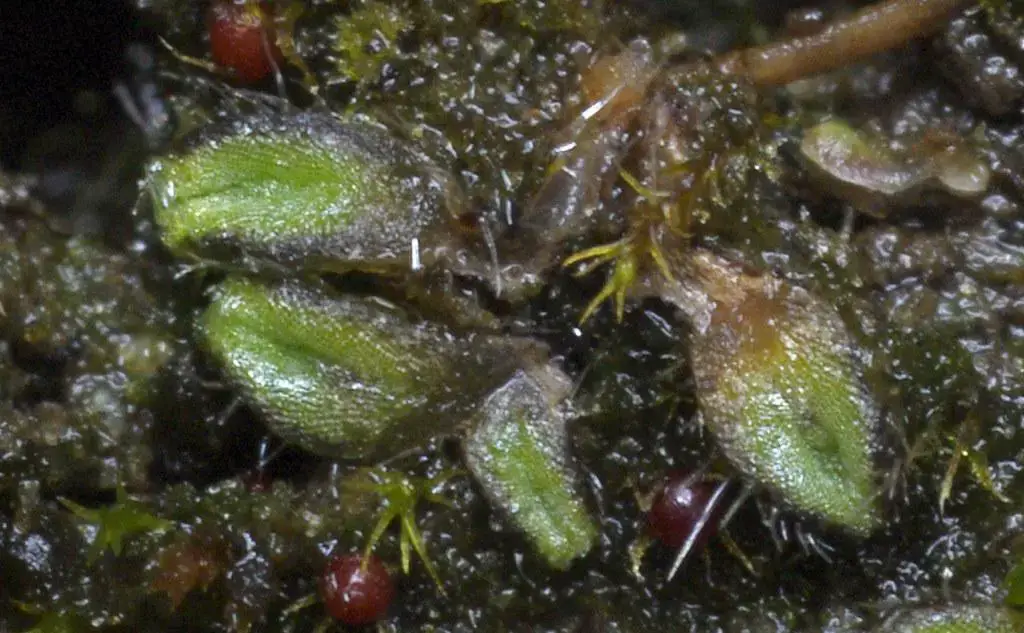
Riccia%2Bciliata_s01.jpg from: http://www.guidobrusa.info/2018/10/riccia-crozalsii.html
Exploring the Fascinating World of Riccia ciliata var. intumescens Bisch. Moss

medium.jpg from: https://inaturalist.ca/taxa/405718-Riccia-ciliata
Introduction

27794806638_7d0d2dc180_b.jpg from: https://www.flickr.com/photos/126598284@N05/27794806638
Mosses are some of the most ancient and resilient plants on Earth. One particularly interesting species is Riccia ciliata var. intumescens Bisch., a type of liverwort moss in the Ricciaceae family. In this blog post, we’ll take a closer look at this fascinating plant, from its unique morphology to its global distribution and ecological roles.
Background on Riccia Mosses
Riccia is a genus of thallose liverwort mosses in the Marchantiophyta division and Marchantiopsida class. There are over 150 Riccia species found worldwide. They lack stems and leaves, instead having a flattened, ribbon-like body called a thallus. Riccia are poikilohydric, able to tolerate drying out.

P1160197.JPG from: https://correzitude.fr/RICCIA.html
Morphology and Identification of Riccia ciliata var. intumescens
R. ciliata var. intumescens has a small thallus, usually 5-10 mm long and 1-2 mm wide. The thallus margins have fine white cilia hairs, hence the species name “ciliata“. The thallus upper surface has polygonal areas and pores. Gemmae cups may be present.
This variety is distinguished by its swollen, bladder-like appearance when moist, as indicated by “intumescens” (swelling up). The thallus is bright green and translucent when wet but shrivels and turns grayish when dry.
Global Distribution and Habitat
R. ciliata var. intumescens

original.jpeg from: https://www.gbif.org/es/species/7958926
has a widespread but scattered distribution across Europe, Asia, Africa, and the Americas. It grows in moist to wet habitats like riverbanks, ponds, ditches, and rice fields. The moss adheres to damp soil or mud and can form extensive mats.
This variety is most common in subtropical and Mediterranean climates. In some regions it is considered rare. Populations are often ephemeral, appearing during wet periods and dying back in dry conditions.
Ecological Roles and Adaptations
Like other Riccia, R. ciliata var. intumescens plays important roles in its habitats:
- Stabilizes soil and prevents erosion
- Provides shelter for micro-organisms
- Acts as a pioneer species in ecological succession
- Serves as a food source for invertebrates
This moss has several adaptations for semi-aquatic environments:
- Inflated thallus increases buoyancy
- Cilia trap moisture and shield from UV
- Gemmae allow rapid asexual reproduction
- Desiccation tolerance enables survival of dry periods
Conclusion
Riccia ciliata var. intumescens may be small, but it is a resilient and ecologically valuable moss. Its ability to colonize wet soils, stabilize substrates, and rebound after dry spells makes it well-suited for dynamic habitats.
Next time you see this unassuming plant, take a moment to appreciate its unique adaptations and role in the ecosystem. What other secrets might this ancient lineage hold?